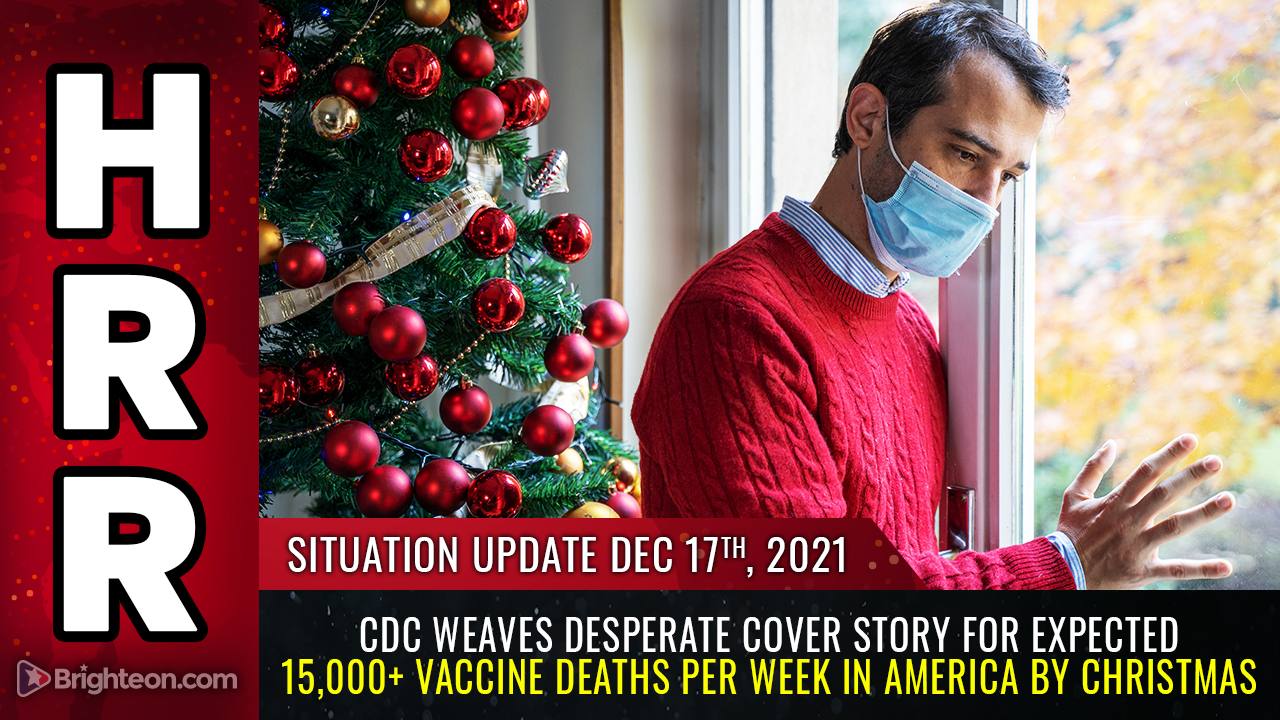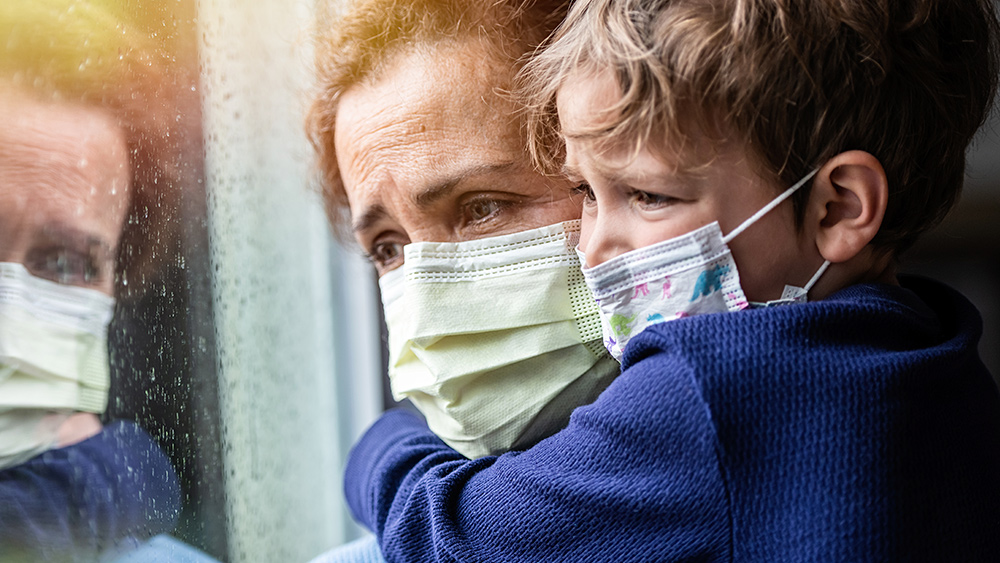Hospital emergency rooms swamped with non-COVID patients, most of whom were previously vaccinated
11/09/2021 / By Mary Villareal

Emergency rooms (ERs) are now swamped with staff members struggling to care for patients that are showing up sick, but not from the Wuhan coronavirus (COVID-19).
In Sparrow Hospital in Lansing, Michigan, staff members are seeing long lines of patients in stretchers pushed up against the walls of the hospital’s hallways as all 73 ERs are already filled.
This is in stark contrast to where emergency departments were at the beginning of the pandemic. Except for initial hot spots like those in New York, many ERs in the United States remained eerily empty in the spring of 2020 as people who were sick tried their best to stay away from hospitals for fear of contracting COVID.
Visits to emergency departments dropped to half and they didn’t fully rebound until the summer of 2021.
However, the volume of patients increased further. Even in parts of the country where COVID-19 isn’t overwhelming, patients show up to the ER sicker than they were before the pandemic, with diseases that are far more advanced and in need of more complicated care.
The delays in treatment worsened chronic conditions. Doctors and nurses say that the severity of illness ranges widely – from abdominal pain to heart conditions to suicide attempts, among others.
Less acute cases, such as those with health issues like rashes or conjunctivitis, aren’t going to the ER as much as they used to, but they may have been opting for urgent care centers or their primary care physicians. On the other hand, those with more serious conditions like strokes and heart attacks have increased.

There is nowhere to put all the patients as emergency departments are ideally meant to be brief ports, with patients staying only long enough to be sent home with instructions to follow up with their primary care physicians or stabilized to be sent to inpatient units or the intensive care.
However, long-term care floors are full of COVID-19 and non-COVID-19 patients. This means that ERs have been housing long-term care patients, forcing the staff to perform roles they weren’t trained to do. (Related: Massive nurse shortage hits Houston – Weeks after 150 unvaccinated nurses and hospital workers were fired.)
Space is a valuable commodity as well. At Sparrow, a separate section of the hospital became an overflow unit. Stretchers stack up in halls, and the hospital even brought in a row of reclining chairs for patients who are not sick enough for a stretcher.
These situations are happening in every part of the country. Admission rates from the ER to hospitals’ inpatient floors are almost 20 percent higher, according to the most recent analysis that pulled data from over 120 million patients across the country.
Hospitals don’t have resources and manpower to deal with demands
The level of illness and the inability of hospitals to admit patients quickly and move them to beds have created chaos in the ER, but staffers don’t have the resources they need to deal with the competing demands. The medical staff to patient ratio is widening.
Even before the pandemic, ER overcrowding has been a widespread problem and a source of patient harm.
To help fill staffing gaps, Sparrow’s ER hired about 20 new nurses and quickly brought them on board. The hospital waived its previous requirement for working in the ER, which is at least one year of nursing experience. Because of this, many of the nurses in the emergency department are fresh out of nursing school.
Ultimately, however, patients should visit the ER as early as they can, especially for those presenting with symptoms.
Dr. Jamie McCarthy, an executive vice president at Memorial Hermann Health System and an emergency room physician, said: “If a patient believes they have a serious medical issue, they still need to come to the emergency department. We will make the capacity to take care of them. Delaying care for time-sensitive emergencies is time we don’t get back. If they wait to call for help when they are having a heart attack, it will be worse than if they come in early.”
Medicine.news has more on the current state of America’s hospital system.
Sources include:
Tagged Under: chaos, Collapse, COVID, emergency room, health coverage, healthcare, Hospitals, pandemic, staff shortage




















